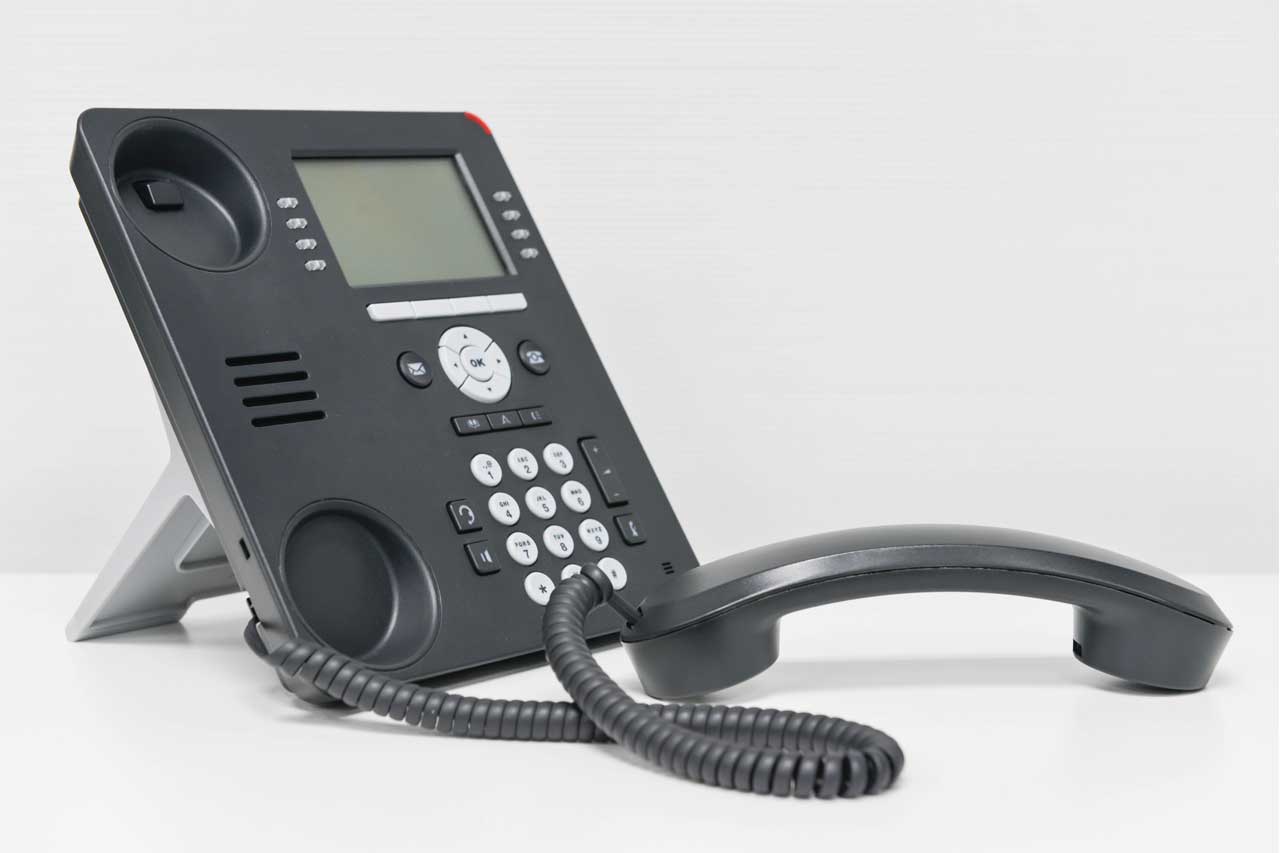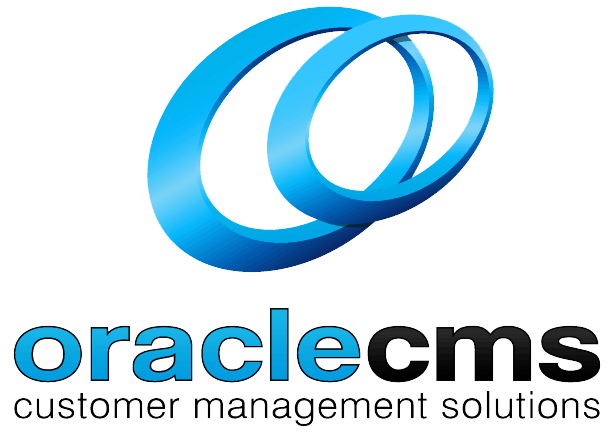
Understanding PABX Systems and Their Functionality
Private Automatic Branch Exchange (PABX) systems have been essential to corporate communication for many years. These systems consist of various components such as stations and lines within a closed network. While businesses can select their preferred PABX platform, their service provider must connect to the Public Switched Telephone Network (PSTN).
Cost-Efficiency of PABX
Voice communication is crucial for corporate operations, and some businesses mandate that each employee has their own phone. Traditional phone-line architecture can result in high costs, but a PABX system can mitigate this by allowing multiple employees to share the same phone line and make internal calls using short extension numbers. This setup reduces the number of physical phones needed, ultimately lowering expenses.
Key Features of PABX
PABX systems offer a variety of features that enhance communication efficiency. These include conference calls, toggle functionality (enabling seamless transitions between calls), call forwarding, call transfer, call waiting, and callback. The toggle feature, for instance, allows users to switch from a colleague’s conversation to answering a client’s query without altering settings.
Technological Evolution of PABX
The technology behind PABX systems has evolved significantly. Initially, PABX systems used analogue connections to link private networks with public ones. As digital technology and ISDN became more prevalent, businesses started using multiplex connections, allowing a single phone line to handle multiple connections simultaneously. With the advent of VoIP and cloud-based tools, modern PABX systems now use IP protocols, facilitating virtual calls and eliminating the need for extensive hardware.
Operation of PABX Systems
A PABX system comprises several elements, including a computer for connecting lines, a switchboard console, and system hardware. Contemporary PABX systems use VoIP technology to transmit and receive digital signal packets. The process begins with converting an analogue signal into a digital one. Once converted, the PABX system selects the most appropriate transmission route. Additional features such as redial, speed dial, call forwarding, caller ID, auto-attendant, and voicemail are also available during signal transmission.
Internal Communication with PABX
PABX systems operate similarly to public telephone exchanges, consisting of both hardware and software elements. Once installed, businesses can add local extension numbers to their internal network. These extensions are assigned to specific devices within the corporate environment, enabling employees to communicate internally without relying on external networks.
Incoming and Outgoing Calls
PABX systems can handle internal corporate calls independently of external networks. Incoming calls can feature pre-recorded messages detailing department information and services. For external calls, the PABX system connects through a public telephone exchange system.
Comparison with Other Systems
· PABX vs. VoIP
Both PABX and VoIP systems provide robust communication solutions. However, PABX systems are typically preferred by businesses that require a combination of traditional and digital communication methods. In contrast, VoIP systems are ideal for companies looking to fully leverage internet-based communication.
· PABX vs. PBX
PBX (Private Branch Exchange) systems are the traditional form of PABX systems. PBX systems usually require manual operation and are often limited to analogue connections. PABX systems, on the other hand, are automated and utilize digital and VoIP technologies, offering greater flexibility and advanced features.
· PABX vs. IP-PBX
IP-PBX systems are a modern evolution of traditional PBX systems, using IP (Internet Protocol) to manage and route calls over a network. Unlike traditional PABX systems that may rely on analogue connections, IP-PBX systems offer enhanced capabilities such as video conferencing, advanced call routing, and better scalability, integrating seamlessly with internet-based communication tools.
· PABX vs. Centrex
Centrex (Central Exchange) is a service provided by telecom companies where the switching equipment is located at the provider’s premises rather than the customer’s site. This service is similar to PABX but requires less equipment on the customer’s side. However, it typically offers fewer customization options and may involve higher recurring costs compared to owning a PABX system.
· PABX vs. Unified Communications (UC)
Unified Communications (UC) platforms integrate various communication tools like voice, video, instant messaging, and email into a single cohesive system. While PABX systems focus primarily on voice communication, UC platforms offer a broader range of communication methods, enhancing collaboration and productivity. Businesses looking for comprehensive communication solutions might prefer UC over PABX systems.
Tips for Implementing a PABX System
· Assess Your Needs
Conduct a thorough assessment of your communication requirements before implementing a PABX system. Consider factors like the number of users, the volume of calls, and the specific features your business needs.
· Budget Planning
Establish a clear budget for the PABX system’s implementation. Account for both the initial setup costs and ongoing maintenance expenses to ensure comprehensive financial planning.
· Future Scalability
Choose a PABX system that can scale with your business. Ensure it can accommodate additional lines and extensions as your company grows, preventing the need for a new system as your communication needs expand.
· Vendor Selection
Select a reputable vendor with a proven track record in PABX solutions. Look for vendors offering comprehensive support services, including installation, training, and ongoing technical assistance. Check customer reviews and references to make an informed decision.
· Integration with Existing Systems
Ensure the PABX system integrates seamlessly with your existing IT infrastructure, including CRM software, email systems, and other communication tools. This enhances overall efficiency and productivity.
· Training and Support
Invest in training programs for your employees to ensure they are proficient in using the new PABX system. Proper training maximizes the system’s benefits and minimizes disruptions during the transition. Ensure access to reliable technical support for any issues that may arise.
· Security Measures
Implement robust security protocols to protect your PABX system from unauthorized access and cyber threats. Set up firewalls, use encryption, and regularly update software to patch vulnerabilities.
· Test the System
Conduct thorough testing before fully deploying the PABX system. Test call quality, system features, and integration with other tools. A phased rollout can help mitigate risks and ensure a smooth implementation.
· Regular Maintenance
Schedule regular maintenance checks to keep the PABX system running smoothly. Perform software updates, hardware inspections, and performance audits to extend the system’s lifespan and ensure consistent performance.
· Backup and Disaster Recovery
Implement a robust backup and disaster recovery plan to protect your communication infrastructure. Regularly back up the PABX system’s data and have a clear recovery plan to minimize downtime in case of a system failure.
Conclusion
Implementing a PABX system can significantly reduce telephone costs and enhance overall operational efficiency. By supporting seamless internal communication and providing a range of features, PABX systems streamline corporate operations. Comparing PABX with other systems like VoIP, PBX, IP-PBX, Centrex, and Unified Communications helps businesses make informed decisions based on their specific communication needs and operational goals.


